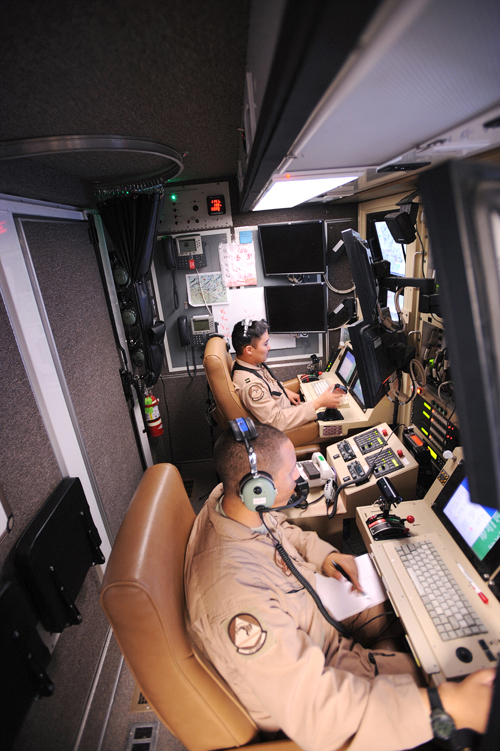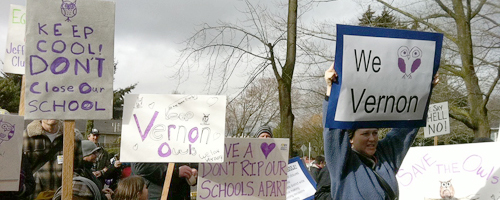When you read a headline containing the words “drone strike,” what does the story usually entail? From my experience, it usually describes a targeted attack in which a few militants are killed along with a handful of civilians.
Death hanging overhead

When you read a headline containing the words “drone strike,” what does the story usually entail? From my experience, it usually describes a targeted attack in which a few militants are killed along with a handful of civilians.
While reading these reports at a desk somewhere in the U.S., they may not seem so shocking or revealing; we are, after all, killing members of terrorist organizations and protecting the U.S. in the process. The cost of doing so has ceased to be an important factor.
Killing any unarmed and innocent civilians in order to eliminate our enemies is absolutely unethical. Not every member of these communities is a terrorist or enemy of the U.S. And witnessing innocent people die in drone strikes can only be interpreted as complete disregard on our part for their well-being.
The message the U.S. sends with the slaying of innocent bystanders is that this country isn’t the beacon of human rights it claims to be, but exactly the opposite—a nation that kills indiscriminately in order to achieve its goals.
Unfortunately we at home, as well as many of those operating the drones, are too distant from and uninterested in the communities these drones hang ominously above. This distance renders it nearly impossible to imagine the psychological stress the presence of these machines creates, as well as the hatred they generate.
In the past month, two former high-ranking officials from the U.S. military have publicly attested to this fact. Stanley McChrystal, ex-commander of U.S. forces in Afghanistan, described the resentment generated by drone warfare as “much greater than the average American appreciates,” adding that they are hated “even by people who’ve never seen one or seen the effects of one.”
Michael Boyle, a former counter-terrorism adviser to President Barack Obama, shared this sentiment. He said, “The consequences can be seen in the targeting of mosques or funeral processions that kill noncombatants and tear at the social fabric of the regions where they occur.”
This tearing of the social fabric is what bothers me most about the use of drones. Imagine witnessing your neighbor’s house get destroyed by a drone strike and then having to spend each day watching those same drones flying over your head. At any moment, someone you know or love could become collateral damage, such as 16-year-old Tariq Aziz and his 12-year-old cousin Waheed, who were killed by a drone strike on their way to Miranshah, Pakistan.
The U.S. didn’t even deny that they had killed these teenagers. Shahzad Akbar, a lawyer from Pakistan attempting to represent Tariq’s family as well as others in a lawsuit against the U.S., claims that they have ample proof Tariq was not a militant. My question is: Shouldn’t the U.S. be required to prove that Tariq was a militant, and not the other way around?
It turns out that U.S. policy is to consider all males in a “strike zone” as combatants. Also, until late April 2012, the U.S. military had a “signature strike” policy that allowed it to initiate drone strikes without knowing the identity of some targets.
This is a blatant disregard for life. This is the message the U.S. sends with its use of drone warfare.
This wanton killing of innocent bystanders damages the image of the U.S. across the globe, even more so because the U.S. is the self-appointed leader in human rights. For the rest of the world the contradiction is glaring, and rather than making the U.S. safer by eliminating the enemy, drone warfare puts the U.S. at further risk of violence.
Resentment created by the continual killing of civilians will not only invigorate and inspire enemies of the U.S., but will generate more support for them. It may even spawn more of them.






